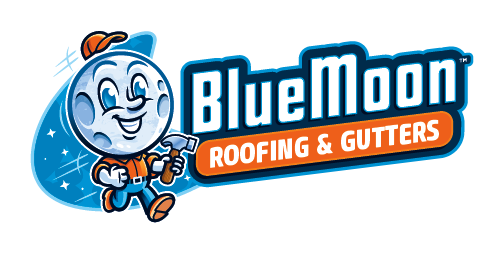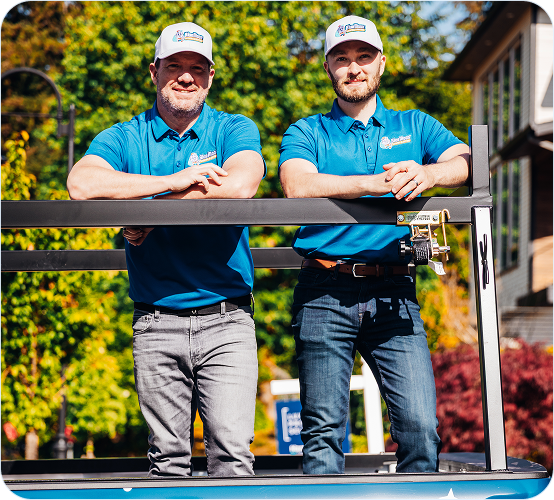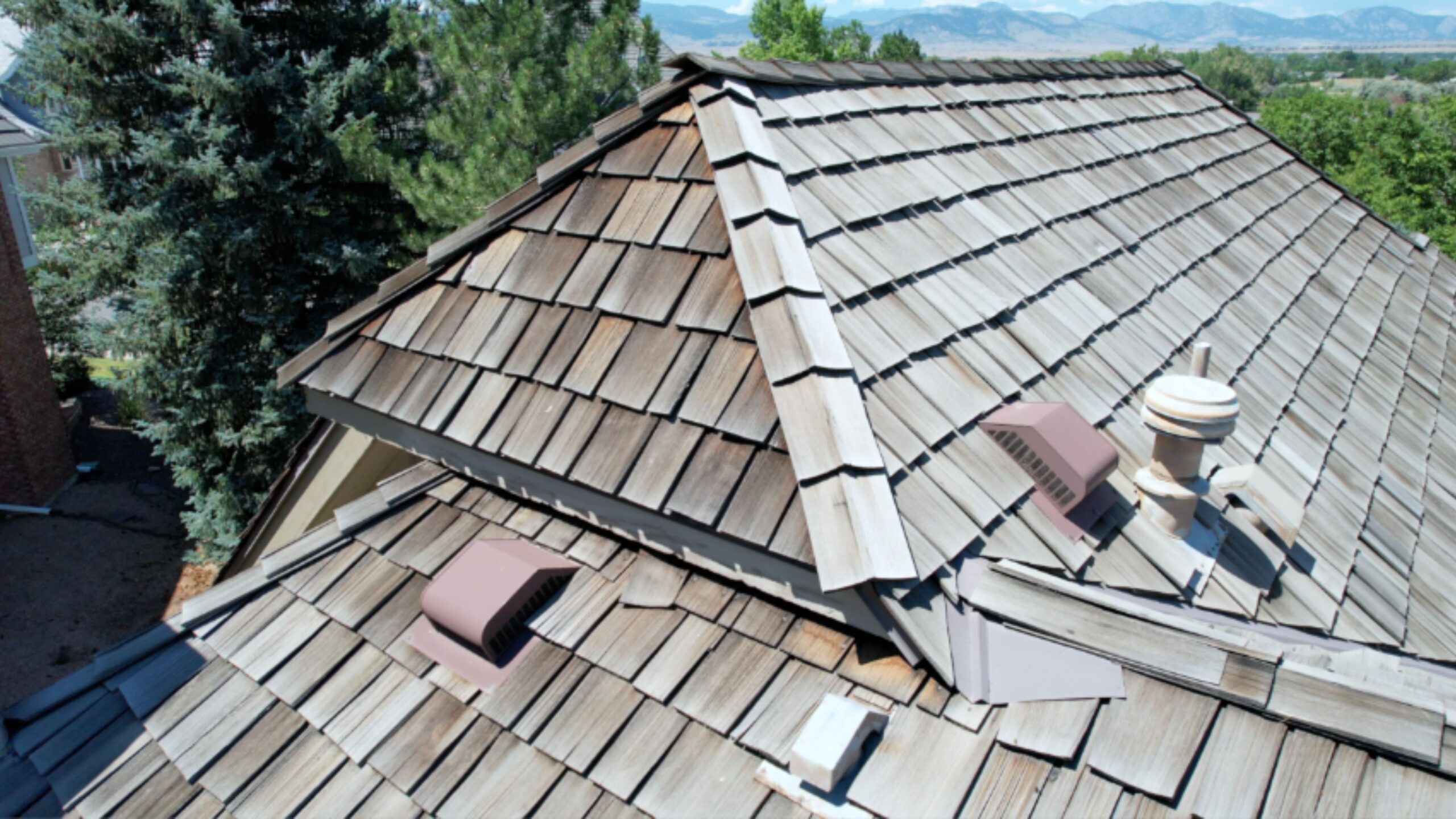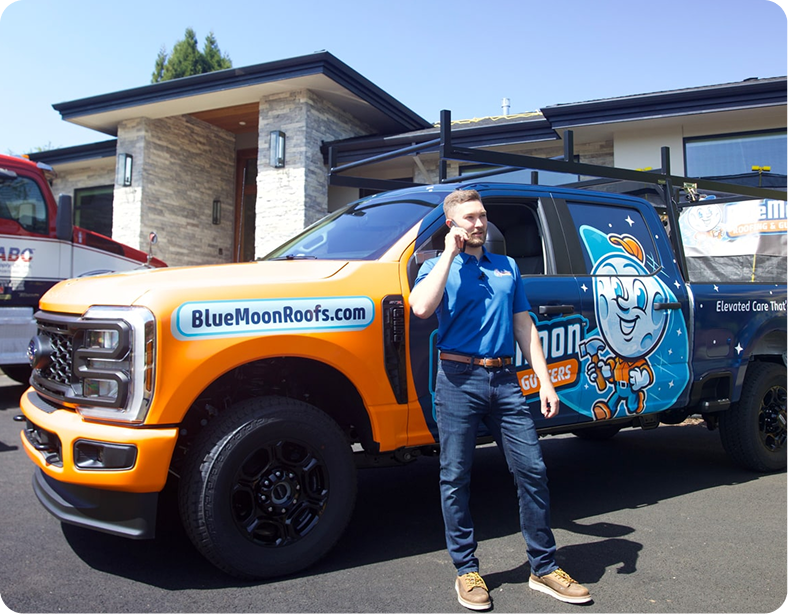Portland isn’t always the first city people think of when it comes to harsh summer conditions, but when temperatures do climb, they can climb fast. That’s where a cool roof Portland solution steps in. It not only lowers interior temperatures but also helps reduce overall energy use. Some folks are surprised by how effective these roofs can be. The principle behind it is straightforward: minimize the amount of solar heat that your home absorbs. By installing a roof with high reflectivity, you can keep your house cooler without constantly depending on your AC.
How Cool Roofs Work
A cool roof takes advantage of reflective roofing materials, helping your home stay comfortable even at noon on a sunny summer day. Think about that searing asphalt on a typical afternoon. When that same asphalt is up on your roof, it soaks up heat like a sponge. In contrast, if your roof has a higher solar reflectance index, it’ll reflect the sun’s rays rather than trap them. The result: less energy needed to cool your house. This effect can relieve your HVAC savings roof goals. Homes with thinner envelopes benefit immensely because they often lack thick insulation in attics. An efficient cool roof offsets that shortfall to some degree, acting like a shield against overhead heat.
When measuring a roof’s ability to deflect heat, experts study one main factor: the solar reflectance index. A typical roof may have a low rating while specialized coatings can have higher numbers. That difference translates into a cooler interior and improved occupant comfort. Reflective roofing tends to keep the attic space cooler too, cutting down on hot-pocket formation in an otherwise closed area.
Why Portland Homes Need Cool Roofs
Some might argue that Portland’s average highs are mild, but unpredictable heat spells are increasingly common. A cool roof Portland approach anticipates those hotter days. There’s a direct link between these heat events and the urban heat island phenomenon. In heavily paved neighborhoods, you get frequent temperature spikes that can persist into the evening. Cities with lots of concrete surfaces don’t release heat as quickly at night, making interiors uncomfortable. By installing reflective or Energy Star roof materials, you divert radiant energy before it turns to heat. That lessens AC usage and reduces demand on the urban grid.
Consider one extra advantage in the Pacific Northwest: less strain on your cooling system. When the roof’s core temperature stays lower, your air conditioner doesn’t get so overworked. That means fewer maintenance calls, and mechanical parts stay healthier. It’s a solid way to cut summer energy bills. Just think: A slight reduction in your monthly costs, repeated over several warm seasons, adds up to real savings. It also ties into green building roofing practices that emphasize sustainable and ecologically friendly choices.
Roofing Materials and Coatings
There are multiple options for homeowners who want a truly reflective surface. One well-known choice is a white roof coating designed to bounce the sun’s rays off. Another is using cool roof shingles specially engineered with pigments that reflect more light. One might not realize the difference in appearance right away, but the science is strong. Manufacturers label them according to their reflectance levels, including those that qualify for Energy Star roof ratings. You can also apply specialized coats if you already have a roof in decent condition. It’s often an easier, cheaper approach than total replacement.
Some folks worry that a white roof will clash with their home’s color. These days, there are tinted coatings and shingles in various shades. You don’t have to settle for bright white if it doesn’t please the eye. Modern reflective surfaces come in gray, tan, and other subtle hues that still maintain a high reflectance value. The ultimate goal: harness the roof’s ability to keep indoor spaces cooler, especially on scorching afternoons.
Don’t forget about how the roof’s pitch and angle affect the performance. Steeper slopes may be more exposed to certain angles of sunlight, so the color and coating become even more vital. If you have tall trees around, or partial shading from neighboring structures, consider how that might affect reflectivity. It’s important you select a product suited for your conditions so you get the best returns on your investment.
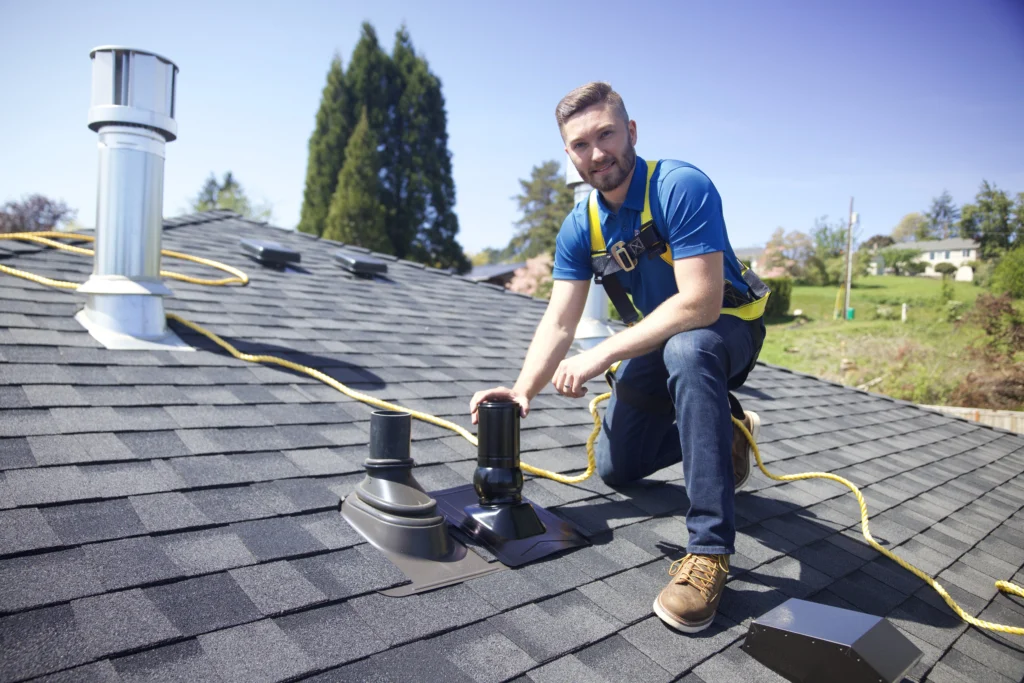
Understanding Cool Roof Cost
The price tag is a common concern, and cool roof cost can vary. In some instances, it might be cheaper to apply a new white coating over your existing roof. Other times, it might be costlier if you’re doing a full replacement with specialized materials. Yet, many homeowners find that the long-term savings outweigh the initial investment. Over time, the dip in summer energy bills is noticeable. And there’s also less wear-and-tear on AC compressors and ducts. When factoring in aesthetic preferences, consider that modern reflective products often look much like standard shingles or membranes.
You may come across local or state incentives if you choose an Energy Star roof solution. Rebate programs or energy credits can help offset some of the installation expenses. Be sure to do your homework and ask roofing professionals if any current incentives are available. Remember that cheaper is not always better. A budget solution with questionable quality might fail to deliver the promised reflection, leaving you with a less efficient upgrade.
Long-Term Impact on Urban Heat Island
Looking at the larger picture, a cool roof Portland strategy can also address the urban heat island effect. Many city blocks in downtown areas face pressure to reduce peak temperatures, especially during extended warm spells. By boosting reflectivity across neighborhoods, the city can mitigate a good chunk of that built-up heat. It’s a collective benefit for communities who want cleaner air and improved comfort levels. Schools, offices, and retail places can also join the shift toward cool roofing, helping entire blocks stay cooler in the summer. Cooler surfaces radiate less heat into the sky, which helps moderate those after-hours spikes.
It’s not just about comfort, either. Reducing temperatures in urban settings can slow ground-level ozone formation, as excessive heat can intensify smog production. This helps everyone breathe easier and fosters a friendlier community environment. By opting for a reflective system, you’re doing more than just cutting AC usage at home. You’re part of a movement that’s making your city more sustainable. If you’re also big on green building roofing design, a cool roof serves as a key pillar of eco-friendly construction.
How to Maintain a Cool Roof
Once you have a reflective surface, it pays to keep it in good shape. Dust, dirt, and mildew can reduce reflectance if allowed to accumulate. Do a quick check-up every few months, or after heavy storms. Sometimes, a light rinsing with a hose is enough to clear away debris. Be cautious about using harsh chemicals. Some coatings have specific guidelines to prevent damage to their reflective properties.
If you notice peeling or signs of wear, address those issues promptly. Coatings can degrade over time under repeated UV exposure or in areas with frequent winter conditions. Regular upkeep ensures your roof’s reflective potential remains strong, saving you money on cooling. Also, a well-kept surface helps preserve the underlying roof membranes. That can extend the life of your entire roofing system.
What About DIY?
Some adventurous homeowners attempt to apply white roof coating or reflective products themselves. While it can be done, it often requires precise surface prep. The base must be very clean; any residue can hamper the coat’s bond to the roof. Larger buildings might need special gear for safe application, not to mention compliance with local regulations. If you have doubts, hiring a professional ensures the job is done right the first time.
Professionals also know the quirks of each roofing type. For instance, metal roofs might need specialized primers, while asphalt shingles could require a different approach. By leaving it to a reputable contractor, you’ll get a warranty and peace of mind. After all, a subpar job can actually reduce reflectivity and lead to leaks later on.
Is a Cool Roof Right for You?
People sometimes ask if cool roofs are always the best solution. In Portland’s mild climate, it usually makes sense. When you consider the possibility of warm summers, the reasoning is clear. A cooler interior, a lighter burden on AC units, and noticeably lower summer energy bills are appealing. And let’s not forget the environmental angle. In an era where sustainable building practices are more important than ever, reducing energy consumption is a huge plus.
That said, personal tastes and budgets differ. Some folks prefer certain color schemes or have unique architecture. If you can find a suitable roof color that fits your style, you’ll benefit from the energy savings. Factor in the cool roof cost as both initial outlay and long-term return on investment. In many cases, you stand to recoup the difference in material cost within a few years, especially if electricity rates trend higher.
Why Do People Talk About HVAC Savings?
A rooftop that doesn’t absorb as much heat naturally helps your air conditioner. Temperatures in your attic or just underneath those shingles remain cooler. That means less demand on the system, translating to HVAC savings roof advantages. It’s not a complicated equation: if your indoor environment is already relatively cool, you won’t have to blast the AC all day. Over the course of a scorching season, that smaller load can significantly reduce your monthly bills, which is music to anyone’s ears.
How Does White Roof Coating Compare with Cool Roof Shingles?
Either approach emphasizes high reflectivity, but the method differs. A white roof coating is usually a fluid or paint-like product applied over an existing surface. Cool roof shingles, by contrast, are specialized materials you install as you would normal shingles. The coating can be quick to apply if your base is in good shape, whereas new shingles might make sense for a full replacement project. The end objective is the same: reflect sun rays, protect the interior, save on AC.
Let’s say you have an older roof that’s starting to fade. Instead of spending on a new membrane, a professional might recommend the coating route, so long as any cracks or leaks are patched up first. That approach can prolong the roof’s life while boosting reflectivity. If your existing system is past its prime, upgraded shingles could be your better, longer-term option. Both methods, once installed, can qualify for Energy Star roof recognition under certain standards.

How Do I Know I’m Choosing the Right Contractor?
First, you want someone who knows reflective solutions in detail. They should be able to show you references of recent cool roof projects. Look for certifications or affiliations with reputable trade groups that promote green building roofing. Read online reviews, ask friends or neighbors, or talk to local building supply stores for recommendations. A skilled contractor appreciates your climate zone, knows local building codes, and can guide you through any rebates or incentives you might qualify for. Plus, they’ll ensure safe installation practices to avoid damage to your property.
Is Maintenance Complicated?
Most homeowners don’t need to worry much. Keep the roof free of leaves, branches, and debris. In areas with heavy moss or algae growth, use mild cleaners recommended by the manufacturer. If you spot any tears or bubbling in the surface, get it looked at quickly. In many cases, small issues can be patched or recoated without major disruption. A routine inspection can help you catch small problems early and keep everything functioning smoothly. Emphasizing maintenance also helps maintain a high solar reflectance index over the years.
What Are the Benefits for Commercial Buildings?
Commercial structures typically have large, flat roofs. This wide expanse can trap a lot of heat, turning upper floors into uncomfortable zones. By installing reflective membranes or a specialized white coating, building owners can slash cooling costs. Plus, the more extensive the roof area, the bigger the potential savings. This also helps curb the urban heat island effect, particularly in dense business districts with fewer green spaces. Tenants may enjoy better comfort, and owners might see fewer AC complaints. The same logic extends to schools and public buildings. Large-scale adoption can have a notable positive impact on citywide energy demand.
Frequently Asked Questions
1. What is the Solar Reflectance Index and Why Does It Matter?
The solar reflectance index, also called SRI, quantifies how well a roof reflects sunlight and releases absorbed heat. A higher index means a cooler surface. This is critical for Portland homeowners looking to keep interiors comfortable in summer without overusing their air conditioners.
2. Do Cool Roofs Only Work for White Roof Coating?
Not at all. White is a great color for bouncing back sunlight, but there are other lighter shades or reflective materials. Some people opt for cool roof shingles in cool grays or tans. They still achieve strong reflectance while matching the home’s aesthetic.
3. Does Installing a Cool Roof Honestly Reduce My Summer Energy Bills?
Yes, it does. By reflecting more sunlight, your indoor temperature stays lower, so you’re running less AC. Over time, watch for noticeable decreases in your summer energy bills. This also corresponds to fewer breakdowns of your cooling system, creating additional savings.
4. How Long Does a Reflective Roofing System Last?
Most reflective products have lifespans comparable to standard roofs, often 15–20 years or longer if well-maintained. Continual care—like cleaning off debris or applying renewing coats—helps maintain their reflective properties. Make sure you pick high-quality products that meet Energy Star roof guidelines for extended performance.
5. Is a Cool Roof More Expensive Than a Regular Roof?
In some cases, the initial cool roof cost can be slightly higher, but it varies by product. However, many homeowners see quick returns through lower power bills and better building comfort. It also aligns with green building roofing strategies, which can boost overall property value.
Your Next Step: Embrace Cooler Summers
Portland remains a unique city with ever-changing weather. Yet, the push toward sustainable housing is no longer an optional trend, but a real necessity. By investing in a cool roof Portland installation, you’re setting up a cycle of savings, comfort, and green responsibility. With the right materials and proper upkeep, your home can remain an oasis even on days when the rest of the neighborhood swelters. Explore local contractor listings, compare quotes, and take advantage of your state’s incentives. You’ll not only protect your wallet from heat spikes but also do your part in easing urban warming.
Ready to get started? Reach out to a trusted roofing installer and discover how a cool roof can transform your home or commercial space. Embrace the heat waves with confidence—and keep your AC from constant overdrive.
 Call Now
Call Now Get In Touch
Get In Touch